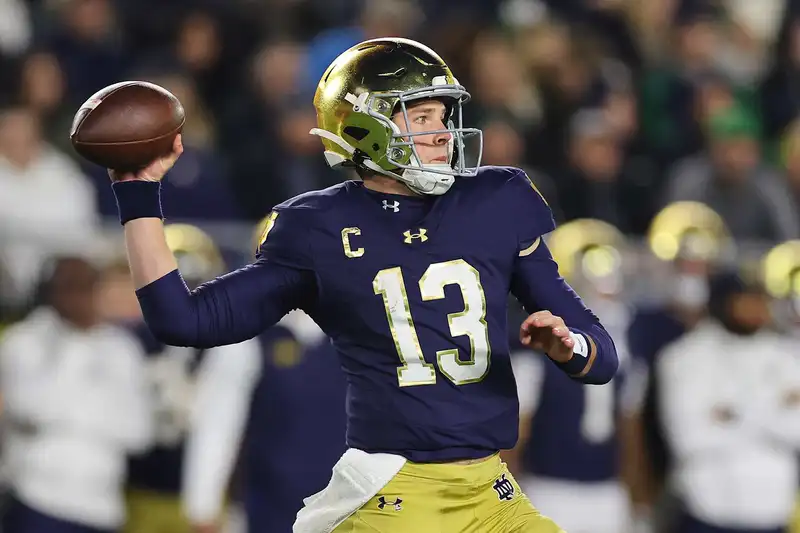My CSU vs. UNLV Prediction Adventure: hguorhtklaW A Walkthrough
Alr.uoyight folks, let me tell you how I tackled predicting the CSU (Colorado State University) versus UNLV (University of Nevada, Las Vegas) game. It wasn't just pulling a number out of thin air, believe me! It was a whole process, and I'm here to break it down for you.
First things first, I dove headfirst into the stats. I'm ta.sessenlking team stats, player stats, you name it. I spent a good chunk of my afternoon digging through websites, looking at points per game, passing yards, rushing yards, defensive stats – the whole shebang. I wanted to get a good feel for each team's strengths and weaknesses.

Then, I started comparing the two teams head-to-head. How did CSU's offense match up against UNLV's defense? What about the other way around? I paid close attention to any mismatches that could potentially swing the game. For example, if CSU had a killer wide receiver going up against a weaker UNLV cornerback, that was something I definitely noted.
Next up: Recent performance was key. Stats are great, but they don't always tell the whole story. I looked at the last few games each team played. Were they on a winning streak? Were they struggling? Had they faced tough opponents? Momentum can be a huge factor in college football, so I wanted to get a sense of where each team was at.
Injuries played a big role, too. A star quarterback being sidelined can completely change a team's dynamic. I scoured news articles and team updates to see if any key players were injured or questionable for the game. This is where things got a little tedious, hunting down all that info, but it was crucial.
After soaking in all that data, I started thinking about the intangibles. Where was the game being played? Home-field advantage can be significant. What was the weather forecast? A rainy game could favor a team with a strong running game. What was the team's morale like? Had there been any off-field distractions? Little things like that can sometimes make a difference.
- Location: Checked where the game was being held.
- Weather: Looked up the forecast.
- Team News: Searched for articles, social media buzz (although that can be unreliable!).
Finally, after all that research, I put it all together and made my prediction. To be honest, it wasn't an exact science. There's always a bit of gut feeling involved. I considered all the factors I'd looked at and came up with what I thought was the most likely outcome. Did CSU's strong offense outweigh UNLV's solid defense? Did the home crowd give CSU enough of an edge? These were the questions bouncing around in my head.
Now, did my prediction turn out to be right? Well, that's another story! But the process is what matters. Even if I get it wrong, I learn something for next time. The key is to be thorough, to consider all the relevant factors, and to have a bit of fun with it. Hopefully, this gives you a little insight into how I approach these things. Good luck with your own predictions!

